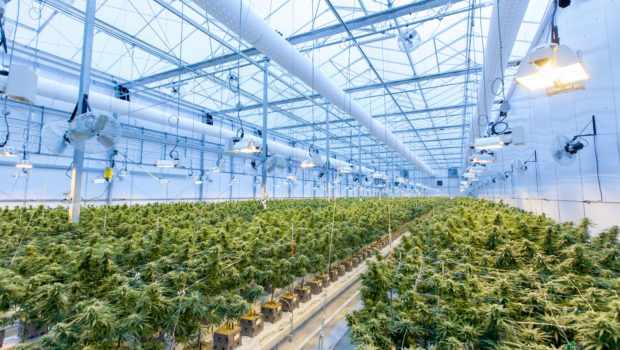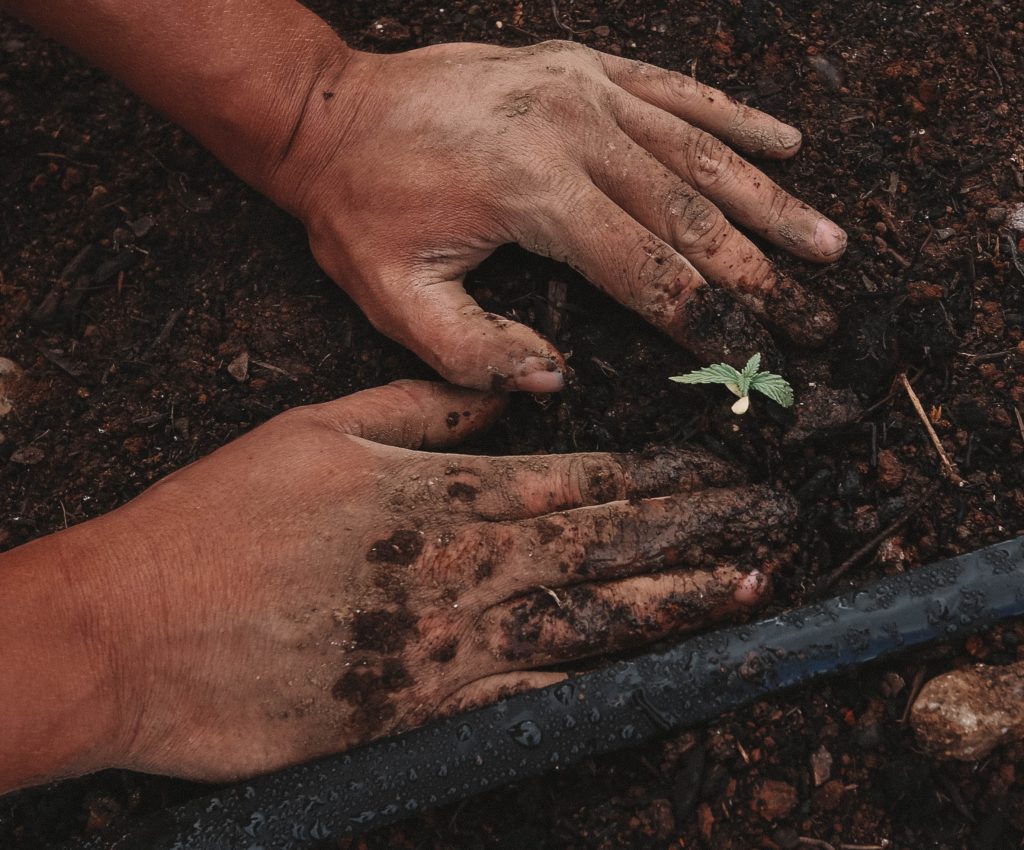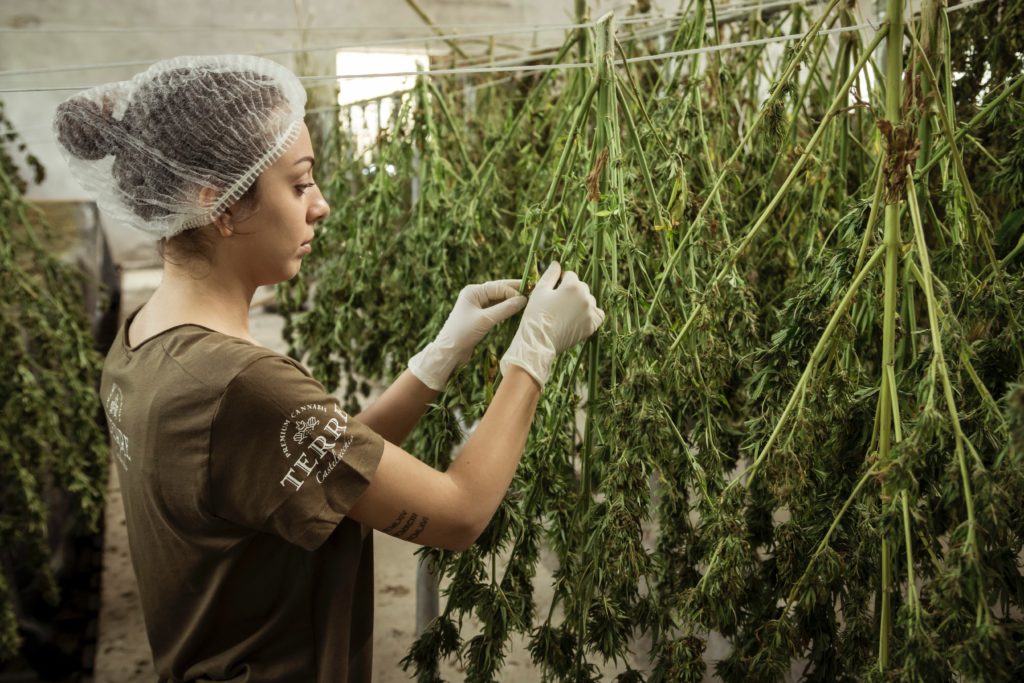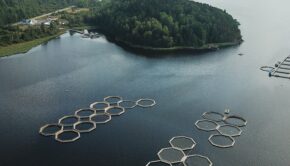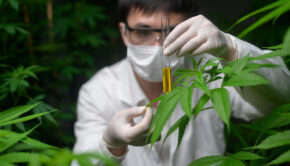Is The Cannabis Industry As “Green” As People Think?
Over the years, “go-green” has been a promotional tool in the hands of legal cannabis proponents. No doubt, the cannabis plant is fast-growing, versatile, and may even clean up contaminated soil. Indeed, the cannabis niche and vaporizers stores are widely respected as an eco-friendly agro-business.
Yet, the cannabis industry may not be as friendly as the promoters preach. While their assertion may be correct years back, recent happenings might have messed things up.
As cannabis laws become more lenient globally, more and more people are securing their spot in the fast-growing market expected to hit $73.6 billion by 2027.
This has led to a spike in energy consumption and defiled a couple of other go-green objectives.
For instance, a 2011 survey says marijuana operations in the US consume a staggering one percent of the nation’s total power capacity. This figure is expected to increase as the industry grows.
The oil used in shipping products, water for cultivation, product packaging, and waste generated from the production processes can all add up to become a serious concern. If left unattended, these problems can only grow bigger.
When it comes to eco-friendly practices, here are chief concerns:
Water usage
Cannabis drinks a hell lot of water. A single plant can gulp as much as 6 gallons daily.
Consequently, weed growers’ unions are looking for more sustainable water usage best practices. Some supporters say about 0.5 to 1 gallon for each cannabis plant daily is environmentally more reasonable.
Presently, many growers are using Reverse Osmosis (RO) and Closed Circuit Desalination(CCD) techniques to repurpose or recycle between 75% and 97% of the water used in the production process.
With these formulas, marijuana farmers would be saving the planet in a big way – without reducing their supplies to cannabis seekers.
Energy consumption
As mentioned, the cannabis industry gulps roughly $6 billion annually just for electricity. Disturbingly, this figure equals the power consumption of about 1.7 million US homes.
A chunk of this amount is used to power high-intensity bulbs used in indoor cannabis farms.
These lights are primarily for heat generation and hence digests a notable lot of energy.
Worse, to avoid overheating, HVAC systems are also installed. These additional systems spike the already high electricity bills.
Some growers opt for gas, coal, and related on-site power generation methods to shrink energy costs.
But – these alternatives release a notable amount of CO2; a whole different concern.
Thankfully, more and more solar-powered bulbs and LEDs are replacing the older energy-hungry alternatives in cannabis indoor farms.
Waste management
Although there are strict waste management regulatory frameworks across states to regulate cultivators, processors, and dispensaries, a large portion of these wastes still ends up as landfill.
Since 2014, a survey reports 1.7 million pounds of waste generated by only the DC’s legal weed industry.
According to federal law, as composters do not allow cannabis waste, the local farmers simply add them to the garbage.
Individual dispensaries are trying to improve this process by introducing a zero-waste process.
Packaging
Here’s another notable sustainability concern.
By law, cannabis producers are given strict packaging rules—the requirement includes special labeling, child-proofing features, and material durability.
Sadly, most marijuana products come in a one-use plastic, which eventually ends up in the landfill.
Recyclable materials like recyclable glass bottles would help promote the product’s purity and, at the same time, preserve the earth.
Farming practices
Agricultural practices employed by commercial farmers can be detrimental to our beloved earth. These often-‘short-cut’ practices often reduce water retention, strip the soil off essential nutrients, and destroy symbiotic ecosystems with severe long-term effects.
Regenerate practices may help improve and maintain soil quality, crop yield, and biodiversity through eco-friendly cultivation and harvesting approaches.
Whereas farmers commonly apply chemicals and artificial fertilizers to repair and replenish the soil, regenerative farming prevents the initial nutrient loss at every step of the process, reducing the need for replenishment. Some of the big smoke shops are of the same opinion.
Wrap Up – the future for cannabis and the go-green campaign
As we celebrate the wide-spreading legalization and resultant commercialization, environmental fears are up.
For commercial-leaning reasons, more and more farmers turn to harmful practices like artificial pesticides to boost crop yields and distribution.
Thankfully, the concerns have attracted good attention as more groups and organizations are setting up modalities to sustain the cannabis niche without destroying our beloved earth.
Photo by Richard T on Unsplash

